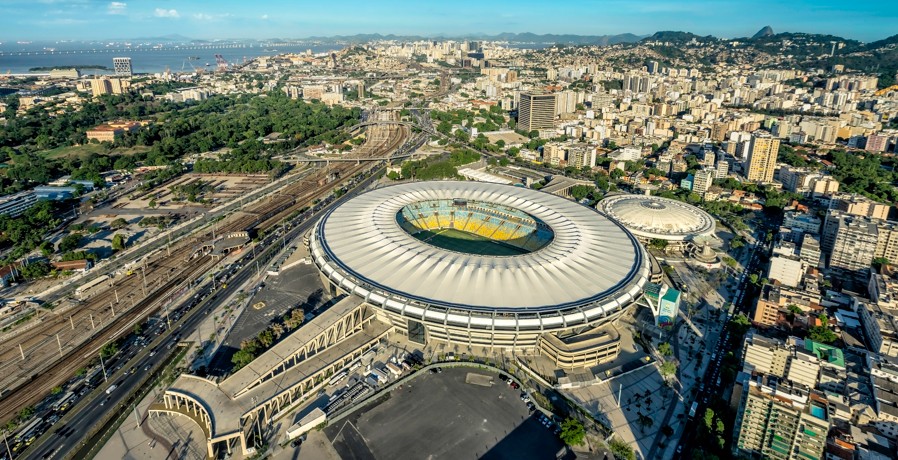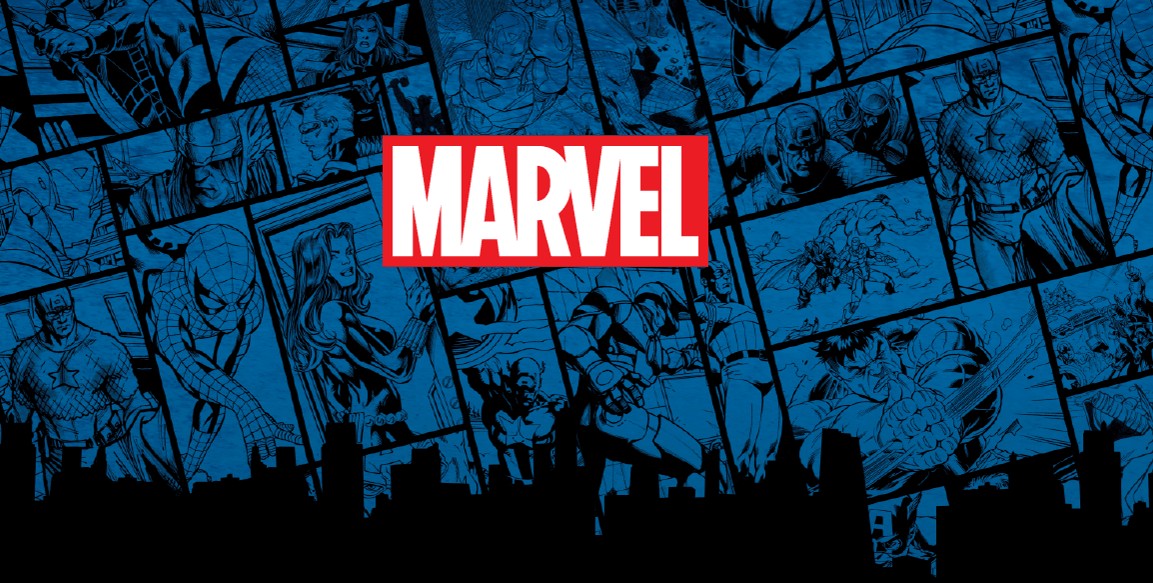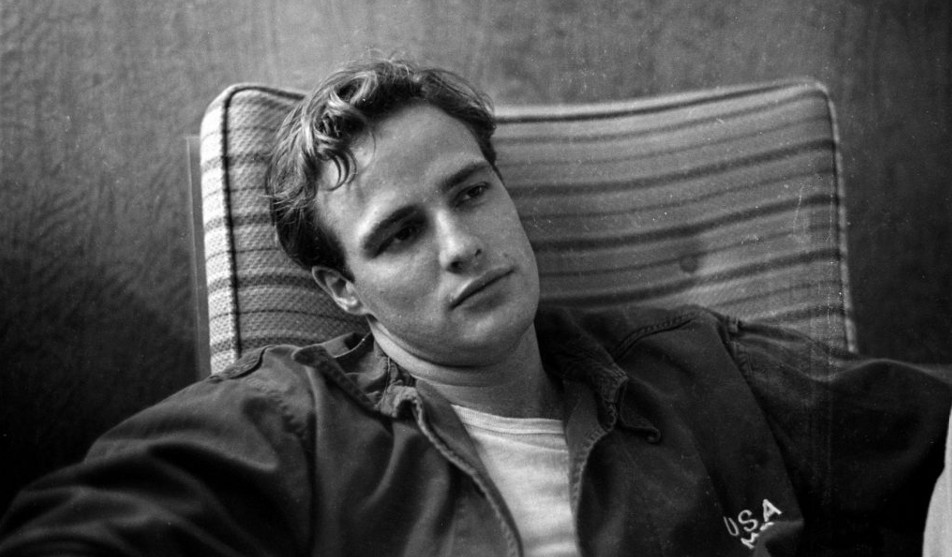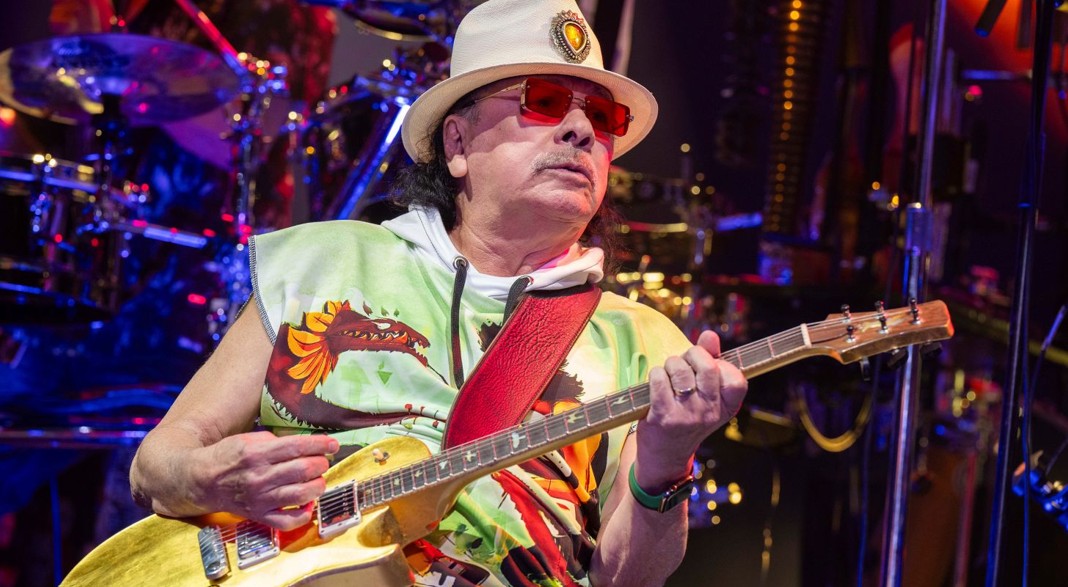
Beyond the sun-kissed beaches of Copacabana and the majestic embrace of Christ the Redeemer, Rio de Janeiro holds another icon, one forged in passion, etched in history, and pulsating with the very soul of Brazil: the Maracanã Stadium.
More than just concrete, steel, and turf, the Estádio Jornalista Mário Filho – universally known as the Maracanã – isn’t just a football ground; it’s a living monument to human emotion, triumph, tragedy, and the electrifying power of sport.
A Colossus Born from Dreams
Opened in 1950 for the World Cup that Brazil was hosting, the Maracanã was, at the time, the largest stadium in the world. Imagine a roar of nearly 200,000 voices, a cacophony of samba drums, cheering, and collective sighs, all reverberating through this colossal bowl. It wasn’t merely a venue; it was an experience, a pilgrimage site for football fanatics and a symbol of national pride.
While modern safety regulations have reduced its capacity, the spirit of the Maracanã remains undimmed. Every seat, every blade of grass, holds the echoes of countless dramas.
Where History Was Written – In Real Time
The Maracanã isn’t just a place where games are played; it’s where history is written in real-time, often with indelible ink:
- The Maracanaço (1950): Perhaps its most famous, and most heartbreaking, chapter. Brazil, needing only a draw to win their first World Cup on home soil, fell to Uruguay in what remains one of football’s greatest upsets. A nation was silenced, a collective wound was opened, and the Maracanã became the stage for a moment of profound national grief.
- Pelé’s 1,000th Goal (1969): The legendary Pelé netted his milestone goal from the penalty spot, sparking a pitch invasion and cementing his status as a global icon on this hallowed turf.
- Two World Cup Finals and an Olympic Opening: The Maracanã had its redemption in hosting the 2014 FIFA World Cup Final (Germany vs. Argentina) and proudly staged the Opening and Closing Ceremonies of the 2016 Rio Olympic Games, showcasing its versatility and global significance.
- Countless Classics: From local derbies between Flamengo and Fluminense (the “Fla-Flu”) to Copa Libertadores finals, the Maracanã has been the backdrop for countless thrilling matches, showcasing the unique flair and passion of Brazilian football.
More Than Just a Stadium: A Cultural Heartbeat
To step into the Maracanã is to feel the echoes of a million cheers, a thousand heartbreaks, and the collective dream of a nation. It’s a place where social barriers temporarily dissolve, united by the beautiful game. It’s where childhood dreams are born, where local heroes become legends, and where the vibrant tapestry of Brazilian culture is on full display.
Today, visitors can take a guided tour of the stadium, walking through the locker rooms, seeing the press boxes, and even stepping out onto the pitch where so much history unfolded. The attached museum offers a fascinating glimpse into its past, showcasing memorabilia and stories from defining moments.
The Enduring Legacy
The Maracanã stands as a testament to the enduring power of sport to unite, inspire, and define a culture. It’s a place where the past isn’t just remembered, it’s felt. If you ever find yourself in Rio de Janeiro, a visit to the Maracanã isn’t just a tourist activity; it’s an immersion into the very soul of Brazilian passion.
It’s a reminder that some stadiums aren’t just buildings; they’re living, breathing entities, pulsating with the heartbeats of generations. And the Maracanã? It’s beating stronger than ever.





